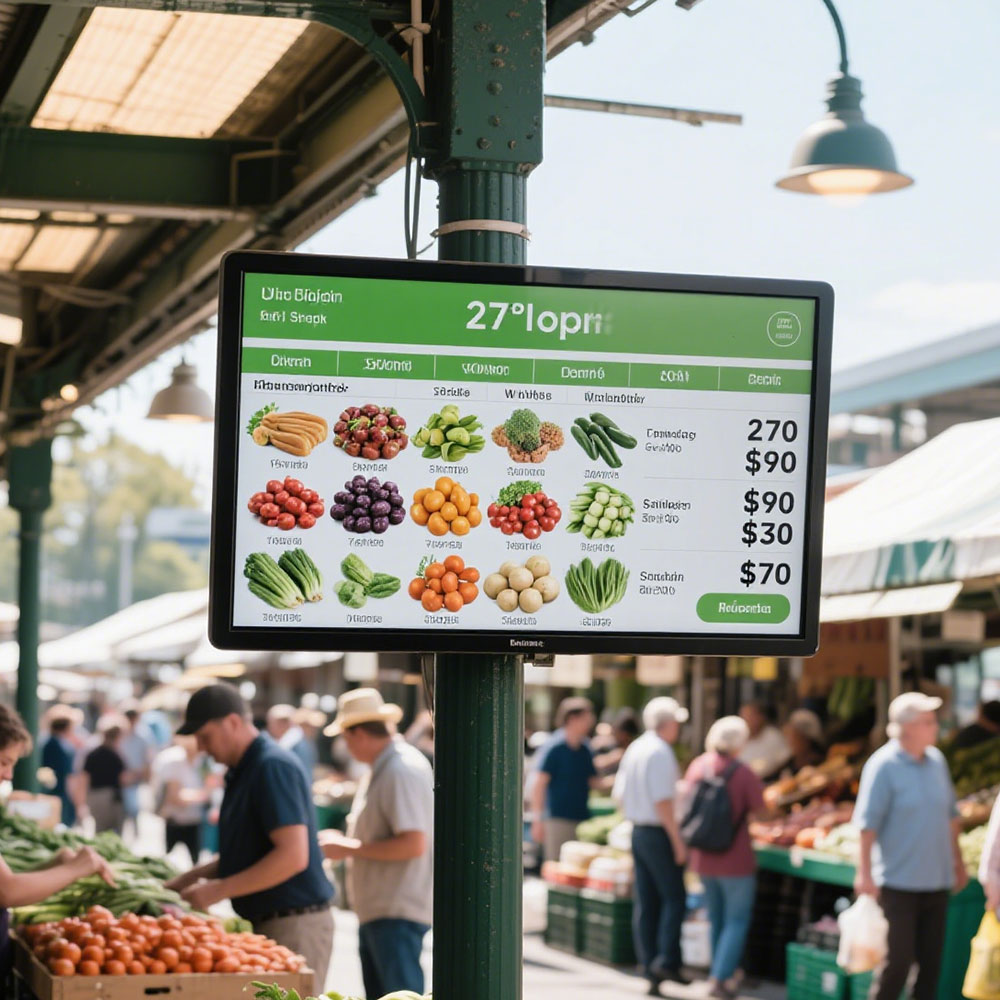In the world of industrial displays, high nit monitors are no longer a luxury—they’re a necessity. Whether it’s for construction sites, military operations, transportation systems, or outdoor advertising, the ability to maintain clear visibility under direct sunlight is critical. A high nit monitor typically refers to an LCD display with brightness levels exceeding 1000 nits, often reaching 3000 nits or more in specialized models. This level of luminance ensures that content remains legible even in full daylight conditions where ambient light can exceed 10,000 lux.
The core technology behind high nit monitors lies in advanced backlighting systems—primarily LED arrays with precision dimming and enhanced optical films. Unlike standard LCDs that max out around 500 nits, high nit displays use high-efficiency LEDs paired with diffuser plates and brightness enhancement films (BEFs) to boost output without increasing power consumption significantly. For example, the U.S. Department of Defense’s MIL-STD-810G certification often requires displays to perform reliably at 2000+ nits in harsh environments, making high nit monitors essential in defense-grade equipment like command centers and vehicle dashboards.
Manufacturers such as LG Display, Sharp, and AU Optronics have pioneered high nit solutions using quantum dot technology and local dimming zones. These innovations not only improve brightness but also enhance contrast ratios and color accuracy—a vital factor in medical monitoring, aviation HUDs, and digital signage applications. According to a 2023 report by MarketsandMarkets, the global high-brightness display market is projected to grow at a CAGR of 9.4% from 2023 to 2028, driven by demand from logistics, energy, and smart city infrastructure sectors.
Another crucial aspect of high nit monitors is their thermal management design. Because higher brightness increases heat generation, manufacturers integrate passive cooling systems like aluminum heat sinks and active airflow mechanisms. Some models include automatic brightness adjustment based on ambient light sensors—an energy-efficient feature that extends screen life while preserving readability.

For businesses deploying these displays outdoors, reliability is just as important as brightness. High nit monitors must withstand extreme temperatures (-20°C to +70°C), vibration, humidity, and dust ingress (IP65 or higher). In real-world deployments—from oil rigs in the Middle East to construction sites in Scandinavia—these ruggedized displays have proven indispensable. Case studies from companies like Panasonic and Dell show up to 98% uptime in field tests over 12 months, validating their durability.
Ultimately, choosing the right high nit monitor involves balancing performance metrics (brightness, contrast, response time), environmental resilience, and cost-effectiveness. As sunlight-readable screens become standard across industries, understanding the technical specifications and application contexts is key to selecting a solution that delivers both operational excellence and long-term value.








